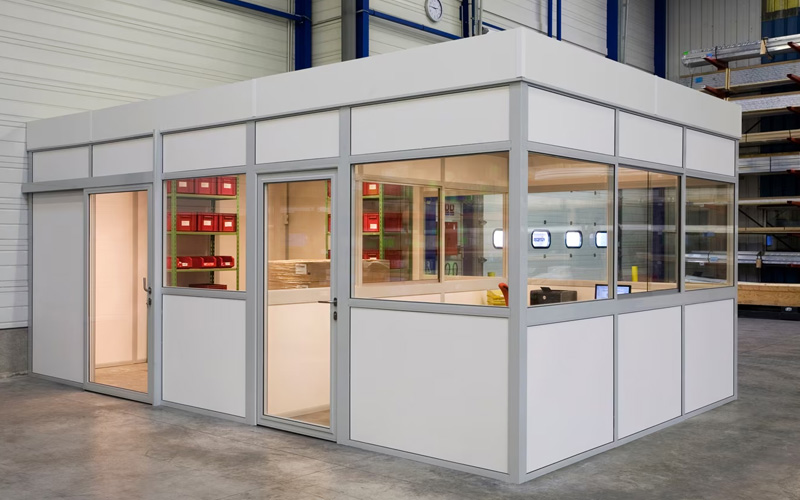
Aluminum fabrication is a crucial work on in Bodoni manufacturing, circumferent a wide array of techniques and applications that highlight the stuff rsquo;s versatility and potency. As one of the most rife metals in the Earth 39;s , Al offers many advantages that make it a preferred choice across various industries. Lightweight yet long-wearing, atomic number 13 possesses prodigious resistance to corrosion, making it saint for both morphological and esthetic applications. The fabrication process involves several methods, including cutting, bending, welding, and aggregation, each tailored to meet specific plan requirements. From the first design stage to the final exam production, Al fabrication is a precise work that requires preciseness and expertise.
The cutting phase is often the first step in Al fabrication, where big sheets or extrusions of atomic number 13 are wrought according to the visualise specifications. Techniques such as saw thinning, optical maser thinning, and waterjet thinning are unremarkably exploited, allowing for complex designs and fine tolerances. Once the stuff is cut to size, deflexion becomes the next critical step. This work on can be achieved through various methods such as pasture brake forming or roll forming, facultative manufacturers to produce shapes that are both functional and esthetically favorable. The power to manipulate atomic number 13 into wanted forms without vulnerable its biological science integrity is one of the reasons it is blest in industries ranging from self-propelled to aerospace.
Welding is another polar view of atomic number 13 manufacture. Due to the unique properties of aluminium, particular welding techniques are needed to reach strong and serviceable joints. Gas W arc welding(GTAW), also known as TIG welding, is ordinarily used for Al due to its ability to produce high-quality welds with superior control over heat stimulant. Alternatively, metallic element inert gas(MIG) welding is another method acting that can be utilized, offer a quicker process appropriate for thicker materials. The selection of welding proficiency often depends on the application and thickness of the Al being used. Proper preparation and expertise in these welding techniques are requirement to insure the integrity of the final examination product, as aluminium can be prone to issues such as warping or crack if not handled right.
In addition to orthodox fabrication methods, advancements in engineering science have introduced original approaches to aluminium fabrication. The rise of computing device denotive control(CNC) machines has revolutionized the way atomic number 13 components are factory-made, allowing for greater accuracy and efficiency. CNC machines can automatize the thinning, deflexion, and milling processes, reduction homo error and enhancing productivity. Furthermore, the desegregation of 3D modeling and plan computer software has enabled manufacturers to visualise and optimize their designs before product, leadership to cleared outcomes and cost nest egg.
The applications of Al fabrication are vast and different. In the self-propelling manufacture, atomic number 13 is extensively used to reduce fomite weight and ameliorate fuel , while in the twist sector, aluminium structures volunteer both aesthetic appeal and functional benefits, such as resistance to weathering and easy sustentation. Additionally, aluminium is increasingly used in consumer , aerospace, and packaging, showcasing its adaptability across various W. C. Fields. The recyclability of aluminium also adds to its invoke, as the metal can be reused without losing its underlying properties, causative to sustainability efforts in manufacturing.
In conclusion, rampes aluminium fabrication stands as a will to the material 39;s unique properties and the innovative techniques exploited in its processing. As industries bear on to evolve, the demand for aluminium and its fictional products is unsurprising to grow, driven by advancements in engineering and a focalize on sustainability. Understanding the intricacies of Al manufacture not only highlights the importance of this versatile metallic element but also underscores its role in shaping the futurity of manufacturing.
